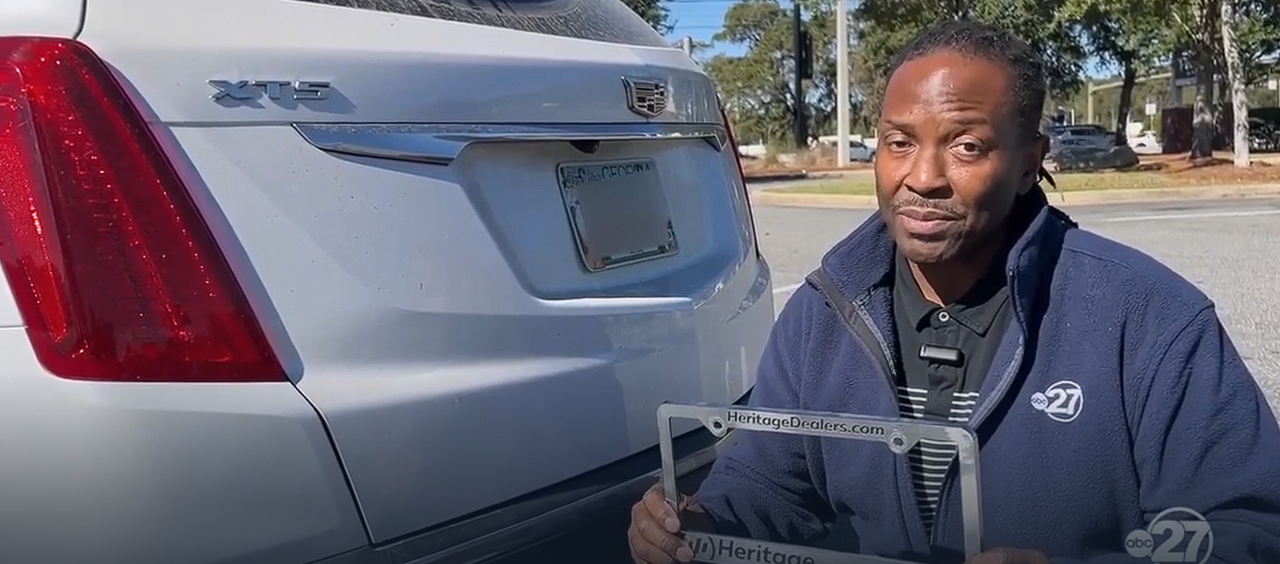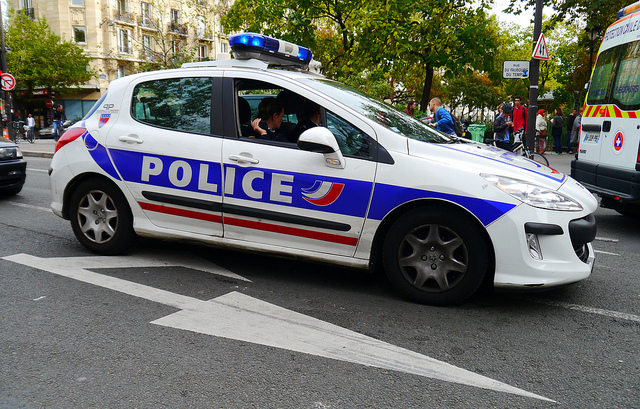Yellow number plates in France and UK

Publié par Eplaque-4 min de lecture ⏳
Le 06/09/2023
Yellow number plates are visible on French and British roads, although they are more common nowadays in the UK. Which vehicles can have yellow license plates in France? Why are car number plates white and yellow in Great Britain? Let’s find out!
Yellow number plates in France
In order to explain what yellow number plates in France are, we need to go back a little bit in time. Until 1963, every car registration plate in France was white on black background. In 1963, France introduced reflective number plates, white at the front, yellow for the rear (same as the UK nowadays). It is, however, not until 1993 that they become mandatory for newly registered cars. Finally, the French rear yellow plate was abandoned in 2009 with the implementation of the new car registration system (SIV). At that time, they became both white.

Obsolete French yellow number plate, but still legal
Any freshly registered car gets a set of French white plates. However, old cars registered before 1993 can still use their rear yellow plate. What if the plate is damaged and must be replaced? Some shops still sell approved French yellow plates for cars with a “carte grise” that mentions a first registration date prior to 93. Therefore, any car registered after 1993 with a rear yellow registration plate can be fined for non-conformity of the number plate (€ 135).
Special yellow number plates in France
Some French military plates can still be yellow. As for the previous case, they are related to older vehicles. Nowadays, number plates of the military in France have a black background.

Yellow number plates in the UK
In the UK, standard number plates are yellow, but only at the back of a vehicle. Front plates are white. Which begs the question: why do front and rear number plates have a different color?

Why are number plates white and yellow in Britain?
Why oh why? It is indeed rather intriguing that front and rear plates have different colours in the UK. After all, in most countries around the world front and rear number plates have the same color. Therefore, why are UK number plates white and yellow? You’ll find a lot of explanations (or attempts) on the internet. For example:
The “DVLA” explanation
One website claims that “according to the DVLA, having a white plate at the front and a yellow plate at the back is designed to give drivers on the road a very quick way of telling if they’re looking at the front or rear of a vehicle.”
This would help to determine whether a vehicle is likely to come closer or away from the driver. We couldn’t find such a claim on the DVLA website. It is a bit dubious in our opinion, too, because the shape of cars front and rear is quite distinctive. There is, therefore, no need to look at the plate color. Moreover, At night, the light colours provide the information. If you have any official source corroborating this justification, feel free to share it in the comments section below!
The “white light” explanation
Others claim that it is a question of light colour. In general, white and yellow plates are respectively the best colours to promote license plates readability. White plates are therefore the best choice. But since it’s illegal to show a white light at the rear (except the reversing lamp, of course), it was decided not to use white, since at night the plate color is altered by colored lights. Rear lights being orange or red, in the UK yellow number plates were chosen (they actually look orange/yellow) to minimize colour alteration by the lightning. That explains why Ireland actually chose red plates in the late sixties, when it was decided to abandon the old black and white/silver license plates in favour of reflective models. They however reversed course 2 decades later, when they dropped their red plate, that was hard to read.
This explanation makes more sense, and is supported by historical facts.
The “for no reason” explanation
A Guardian reader believes that number plates white and yellow in Britain for no particular reason. It just happened because a color had to be picked after the retirement of UK black vintage plates:
“Until the early 60s when reflective plates were imported from France, all UK plates were black on white. Somebody’s whim changed rear plates to yellow. Co-incidentally, all French headlamps were yellow at that time – which continued until very recently. Le Mans 24-hour race restricts the slower cars to yellow headlamps, which provides vital information for other competitors. Yellow plates mean nothing.”
Not very compelling, isn’t it?
The “international convention” explanation
Another Guardian’s reader believes that it was just an international rule: “I believe it was a standard set decades ago, for whatever reason. Many number plates around the world are not just black on white or yellow. Here in Australia we have dozens of colour combinations – white on black, white on red, gold on black…”
Not compelling as well, as a matter of fact few European countries adopted such scheme in the 20th century. Actually, we are not aware of any other European instance, besides France of course. Whether you look at German license plates, Belgian, from Italy or Spain… Some countries have adopted yellow plates, but for the rear and front (Netherlands, Luxembourg).
The “traffic camera” explanation
According to some people, black words on yellow are best visible to human eyes, while black words on white background are best visible to traffic cameras and LAPI. This is disputable as well.
Countries with yellow plates in Europe
In Europe, The Netherlands and Luxembourg are the only countries that use yellow as standard colour for their car registration plates (front and rear).
The scheme white/yellow for front and rear plates is also used in some territories linked to British territories. That is:
- Gibraltar
- Jersey
- Northen Ireland
- Guernsey
Many countries, however, use yellow plates for special purpose. For example, Denmark license plates are yellow for commercial vehicles.


